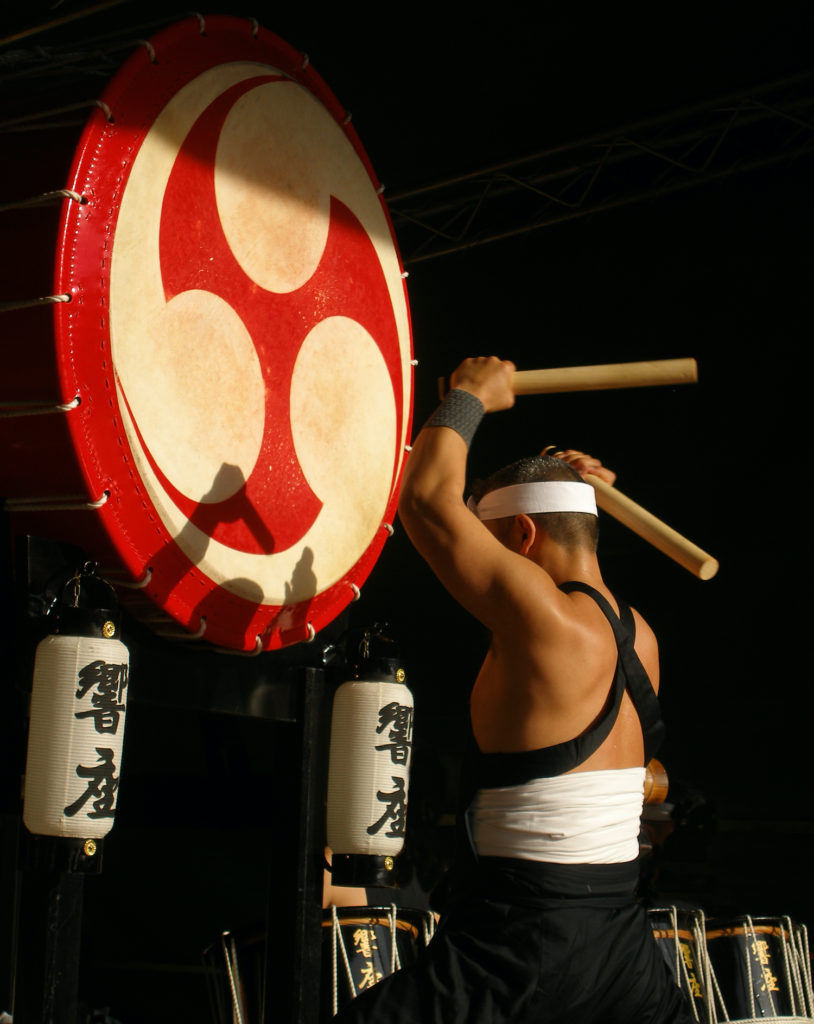
Taiko is a Japanese drum which has played important roles on many occasions. Their size and shape range widely and the sound they make differ as well. Let’s take a look at the Taiko history, how they have been used and moved our souls.
Brief History of Taiko
The taiko has a mythological origin in Japanese myth.
Amaterasu, the Sun Goddess, had secluded herself in a cave in anger, other gods and goddesses were at a total loss since, without Amaterasu, there would be no lights in the world.
Japanese Mythology: Creation of the Universe and Kami
They worked out a plan, let Ame-no-Uzume, the goddess of performing arts, to dance furiously on a tub making tapping sound in front of a cave and Amaterasu couldn’t help but to check out what’s going on outside without her.
Amaterasu slightly opened the door and that moment gods grabbed her to come out and there the sunlight shined again in the world.
Historians regard this performance as the mythological creation of taiko music.
Also, it’s considered it was used to signal various activities in the village about 5000 years ago in the Jomon period.
The simple taiko beats would be used to signal that the hunters were setting out, or to signal that a storm was coming and that the women needed to bring in the meat and fruits they had been drying.
However, historical records suggest that it was introduced to Japan through Korean and Chinese cultural influence as early as the 6th century.
We can find some similar instruments to it originating from India.
Their function has varied through history, ranging from communication, military action, theatrical accompaniment, festival, and religious ceremony.
It is very common that we can find it in both temples and shrines; its performance in concerts is extremely popular as well in modern days.
The Awakening Power of the Taiko Sound
It has been well researched that the higher frequency sound activates the brain wave, helps the awakening of the brain and staying on alert while the lower frequency sounds support one to relax from within.
Especially, the sound lower than 150 Hz, say the lower sound of it or the cello, is prone to vibrate the body from inside.
It is as if the body listened rather than the ears listen to them. Some say the beats of Taiko synchronizes with the man’s heartbeat, which raises the moral.
However, even without any proven research, we know the beats of them excites us. It is as the body listens rather than the ears listen to them. Some say the beats of it excites and encourages us from inside.
There’s a story Gouche the Cellist written by Miyazawa Kenji that mice and rabbits were healed by Gouche’s cello. It sounds like the origin of healing by using music.
Taiko in Rituals and Festivals
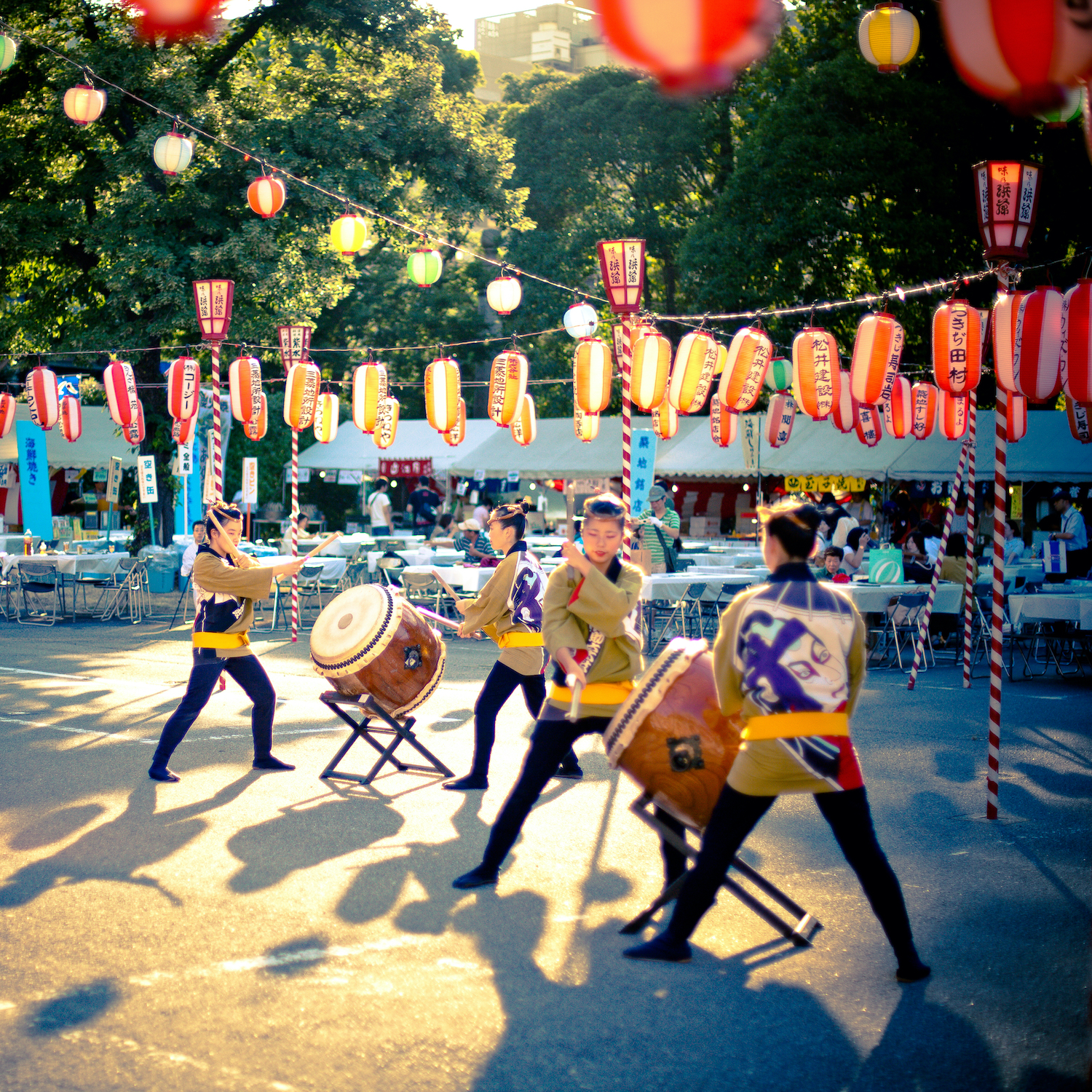
It long has been used in rituals like Kagura, Shinto practices. The ritual dancers perform to the rhythm of them along with other instruments like a bell which evokes our deep feelings in a traditional setting.
Miko: Japanese Female Shamans of Shinto
In Miko-mai which is one of the varieties of Kagura, we see Miko, Japanese female shaman, in white clothing dance to the rhythm of the taiko, flute and often with a wand with hemp and paper streamers.
Bon Odori is another festival, which is one of the Buddhist traditions; it is the beats for Bon Odori.
The same patterns of the beat and rhythm bring dancers into a trance and forget all the chores which bother them. It is often played in local festivals alongside other performers.
Bon Odori Festival: Japanese Buddhist Custom in Summer
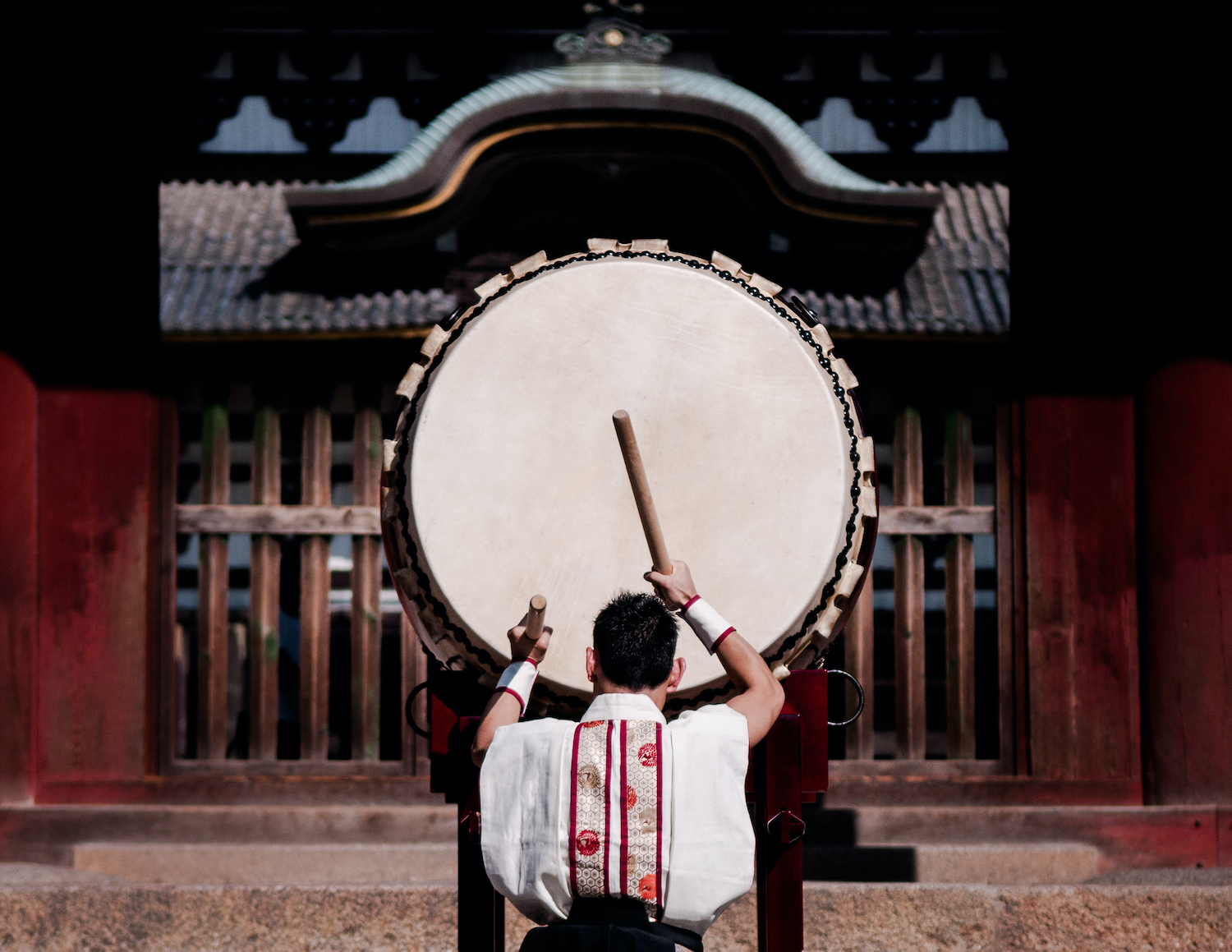
Also, it is an important instrument in Gagaku. Gagaku is the oldest continuously played court music in the world which is still being played today.
The form of Gagaku was completed in the 700s, which is a mixture of the influence of other Asian country music and dance with native Japanese dance based on folklore and Shinto rituals such as Kagura.
The taiko used in Gagaku varies in its form and sound, but the largest one, Dadaiko, is set in front of the stage which grabs the eye. “Daiko” is just a suffix and has the same meaning as “taiko” in fact.
In gagaku, one component of the art form is traditional dance, which is guided in part by the rhythm set by them.
Taiko in the Battlefield
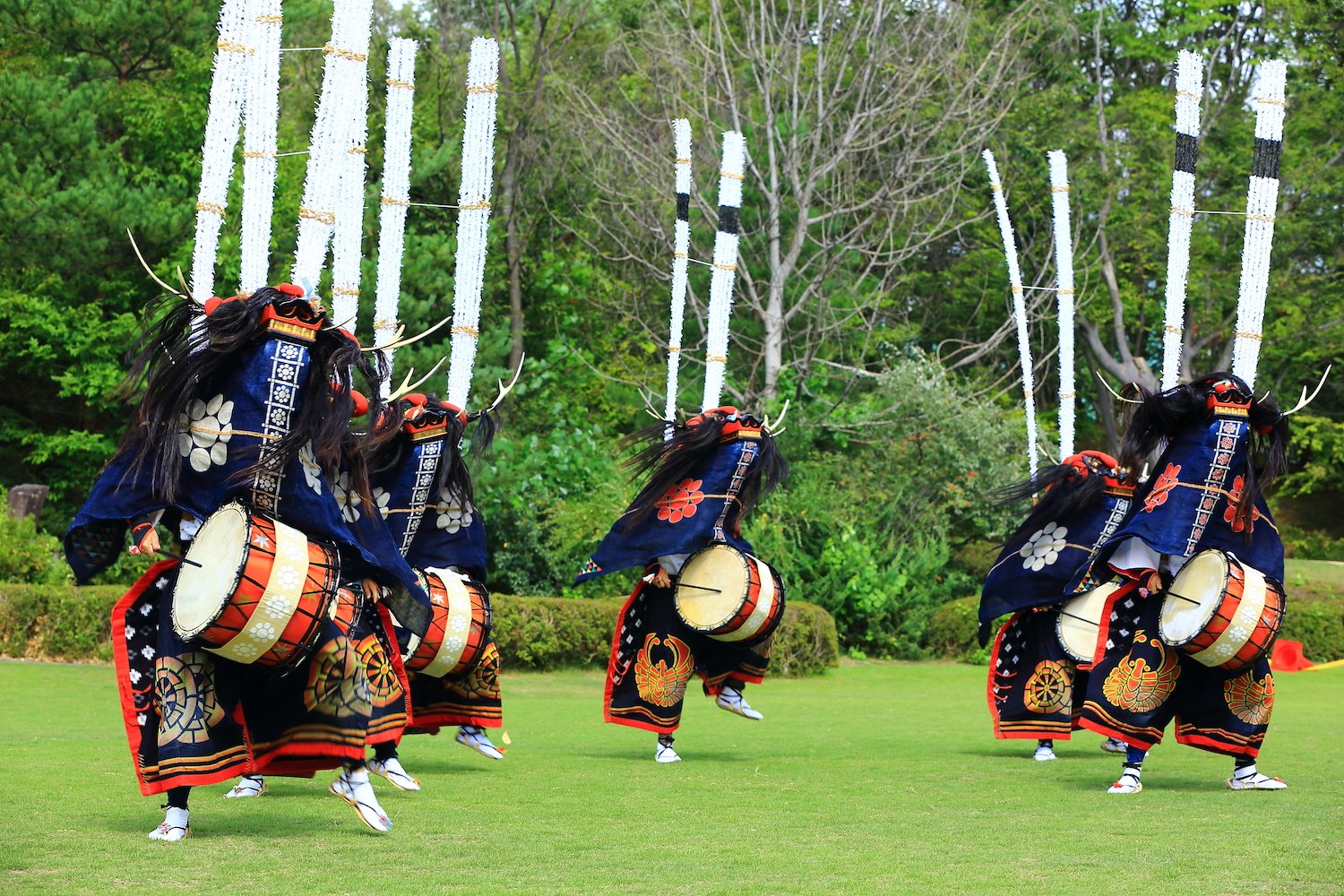
In the Sengoku period (1493-1573), it was used on the battlefield to motivate troops, call out orders for advancing and retreating.
The taiko, which was used on the battlefield is called “Jin-daiko”. The beats of them was used to intimidate and scare the enemy as well.
Jazzed Up Modern Taiko
It is used to be played by a single player, but never played together. This has changed by Daihachi Oguchi in the post-war era, once a jazz drummer happened to upon an old piece of Taiko music, came up with the idea of playing them in the ensemble which is called “kumi-daiko”.
Ensembles typically use different types of barrel-shaped “nagado-daiko” as well as smaller “shime-daiko”. He broke the tradition and now it has become the today’s new tradition of Taiko style known all over the world.
Daihachi broke the tradition and now it’s the today’s new style. Thanks to him, we can experience the waves of its beats with our bodies which we have never experienced before.
Taiko Performance
Its performance styles vary widely across groups in terms of the number of performers, repertoire, instrument choices, and stage techniques.
Traditionally, Taiko drummers were strictly men, however, we see a lot of girls and women play them powerfully which add the different quality to the performance today.
It is not just widely known around the world, but large numbers of drummers are joining in to perform themselves.
Especially in North America, there are more than 150 Taiko groups that are dedicated playing them. Think about their passion, making their own Taiko out of wine barrels!
It has to be the magic of the taiko, which entices us not just to listen to but also to play and feel its powerful awakening energy throughout our bodies.
Reference
サウンドヒーリング 〜音の正体を探る〜 (sound-healing.jp)


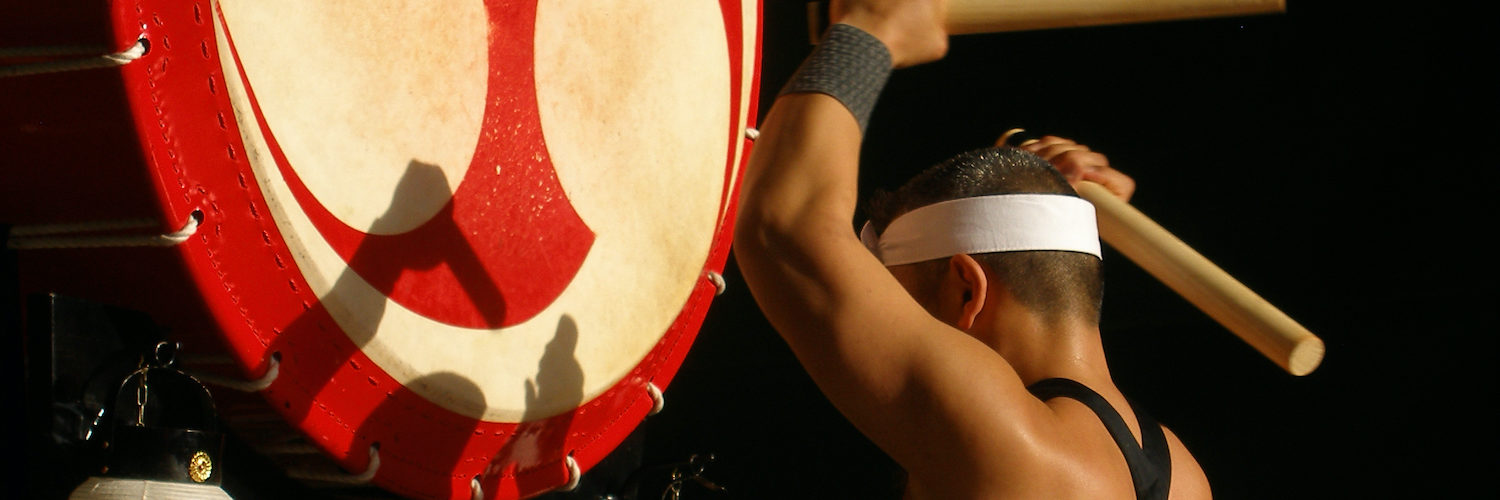
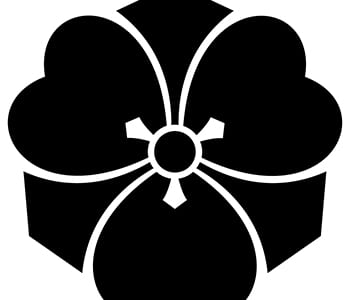
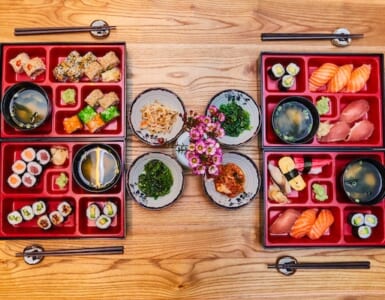
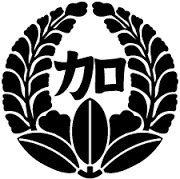


Add comment